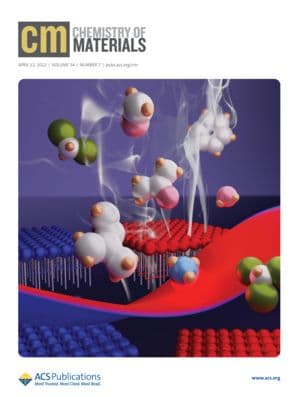This Special Issue aims to provide a platform for the scientific community to showcase their high-quality research in the development of bifunctional electrocatalysts. Submit your manuscript by December 31, 2025.

Electrocatalysis is a significant field in electrochemistry that aspires to enhance the efficiency, selectivity, and durability of fundamental electrochemical reactions by employing ingenious catalysts. The foremost objective is addressing the global challenges related to renewable energy, carbon neutrality, and environmental sustainability. By improving the kinetics and thermodynamics of electrochemical reactions, electrocatalysis contributes to the advancement of novel technologies. As the necessity for clean and green energy and resourceful chemical production continues to upsurge, electrocatalysis remains at the forefront of scientific and technological progressions. Furthermore, this field extends beyond energy applications to include chemical synthesis, waste remediation, and industrial processes.
This special issue from Chemistry of Materials aims to provide a platform for the scientific community to showcase their high-quality research in the development of bifunctional electrocatalysts, encompassing a wide range of fundamental and applied research topics, spanning multiple disciplines such as materials science, physics, chemistry, and engineering. This collection will provide state-of-the-art advancements and innovations in material design, mechanistic insights, and theoretical modeling of the bifunctional electrocatalysts.
Topics include, but are not limited to:
- Bifunctional electrocatalysis exemplifying the intersection of material innovation and catalytic creativity to propel multiple electrochemical conversions in one system.
- Developing catalysts for efficient hydrogen production through electrochemical water splitting.
- Electrochemical CO2 reduction reaction using advanced materials to redefine efficiency, selectivity, and stability, opening the gatesto next-generation electrochemical technologies.
- Electrochemical ammonia production as a sustainable alternative to the Haber-Bosch process.
Submit your manuscript by December 31, 2025.
Organizing Editor
Prof. Tharamani C. Nagaiah, Associate Editor, Chemistry of Materials
Indian Institute of Technology Ropar, India
Submission Information
We welcome submissions for this Special Issue through December 31, 2025. For more information on submission requirements, please visit the journal’s Author Guidelines page.
Accepted manuscripts for consideration in this Special Issue will include research articles, perspectives, reviews and methods/protocols.Papers accepted for publication for this Special Issue will be available ASAP (as soon as publishable) online. After all submissions have been published, they will then be compiled online on a dedicated landing page to form the Special Issue. Manuscripts submitted for consideration will undergo the full rigorous peer review process expected from ACS journals.
Open Access: There are diverse open access options for publications in American Chemical Society journals. Please visit our Open Science Resource Center for more information.
How to Submit
- Log in to the ACS Publishing Center.
- Select the "Journals" tab.
- Choose Chemistry of Materials.
- Click "Submit."
- Select your manuscript type, and, under "Special Issue Selection," choose “Bifunctional Electrocatalysts."
If you have any general questions regarding submission to this Special Issue, please contact Prof. Tharamani C. Nagaiah (nagaiah-office@cm.acs.org).

